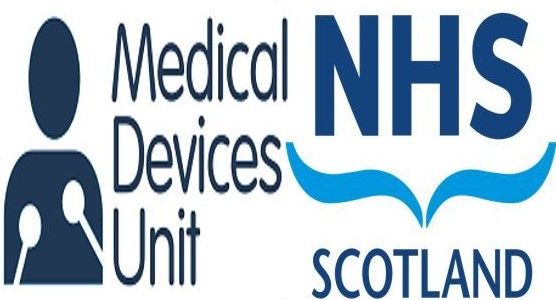Medical Devices Regulation- use cases
Exemplars on MDR and NHS In-House Exemption, a web application for calculating glomerular filtration rate and a chest drain modification to prevent transmission of COVID-19. A regulatory pathway document for Medical Device Manufacturers is also uploaded.
Medical Devices Regulation use cases
Summary for two Simple Exemplars on MDR and NHS In-House Exemption
This summary should be read in conjunction with two reports provided by MDU on their process for in-house development/modification of a Medical Device within the NHS. The brief reports were to summarise the design and development process, methodology and roles and responsibility for the safe, effective and compliant deployment of in-house medical devices: The MDRreports were:
1.Developing medical device software in the NHS –a web application for calculating glomerular filtration rate
2.Medical Device Governance in a Pandemic: A Chest Drain Modification to Prevent Transmission of COVID-19
These examples were chosen as they represent simple developments/modifications that are commonly undertaken in the NHS without a full appreciation of the potential to inadvertently produce unsafe and/or ineffective devices.
The first, (a web application for calculating glomerular filtration rate) is a simple calculator that historically was developed within Excel. Many other examples of these calculators exist (dosage calculators, risk scores etc). It should be noted that in some circumstances even a simple excel calculation can be classified as a medical device and as such needs more robust development, documentation, assessment and support to ensure safe deployment.
The second example occurs frequently within the NHS where in-house modification of a medical device is required. A healthcare institution modifying a medical device in a way in which the manufacturer hadn’t intended becomes responsible for the safety and effectiveness of the device and, as such, carries the legal liability as if it had manufactured the device. This could be simply using the device outside it stated intended purpose (off-label) or a modification may be required to cover specific local needs. In this example an anti-viral filter was attached to a chest drain to reduce the potential for staff exposure to respiratory aerosols. This modification of a medical device, although simple, required due process to ensure that the modification was safe, effective, and compliant with current legislation.

